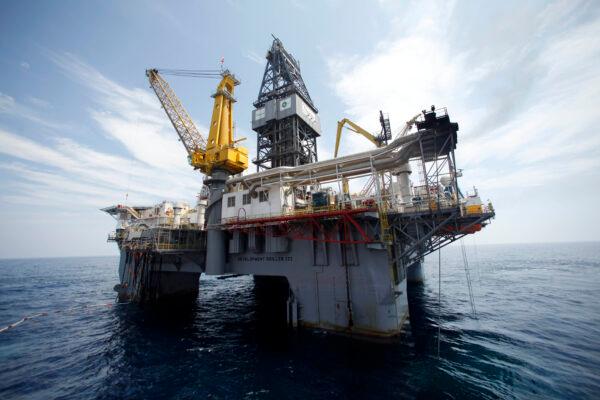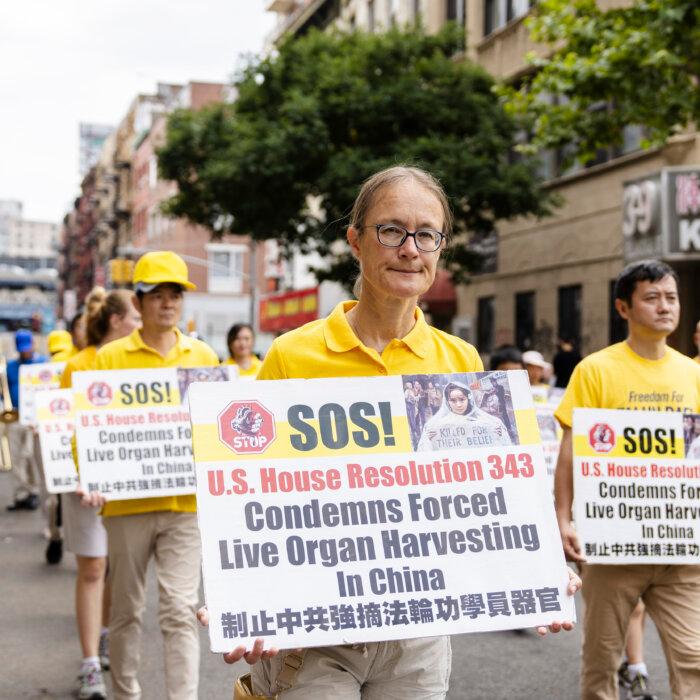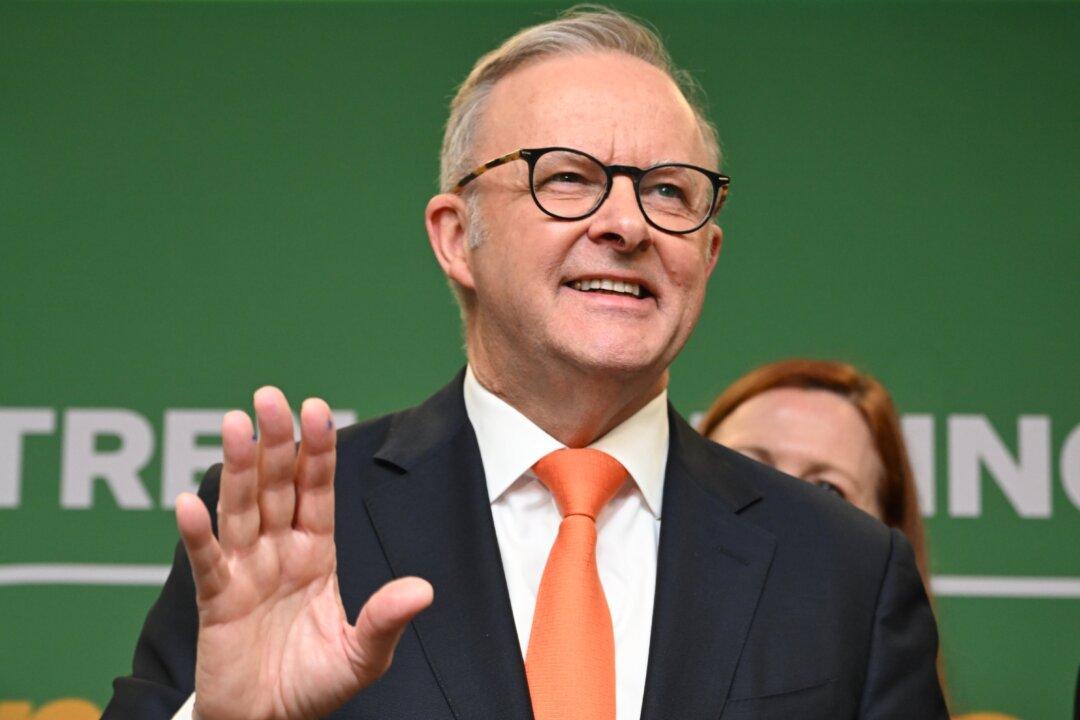Breaking
China Retaliates With 34 Percent Tariffs on US Goods
The tariffs will come into effect from April 10.
Populist Leaders Face Global Clampdown | Live With Josh
The leading presidential candidate in France is now ineligible to run for political office.
The Biggest Financial Scandal in History—And You May Be Part of It: Roger Robinson
Tens of millions of Americans are unwittingly investing in Chinese companies involved in military weapon production, surveillance, and human rights abuses.

‘Audrey’s Children’: This Doctor Should be Nominated for Sainthood
While not a stellar biopic, “Audrey’s Children” is sure to inspire good deeds in medical profession aspirants and is definitely worth a watch for everyone.

Standing at the Edge of Eternity: How to Visit the Grand Canyon
From lightning storms to the whisper of the Colorado River, the Grand Canyon offers awe at every turn.

When George Washington Calmed a Mutiny
In this first article of the series “When Character Counted,” we visit a moment when a pair of spectacles helped save the American experiment of democracy.
Most Read
Top Stories
Supreme Court Weighs Wave of Challenges to Trump Agenda
The president has asked the high court to review multiple of the 100-plus lawsuits against his administration.
Republicans May Override Senate’s Nonpartisan Referee to Pass Trump’s Agenda: What to Know
The Senate parliamentarian plays a key role in budget reconciliation, which congressional Republicans are using to advance the president’s policy goals.
Here’s How Much the US Is Tariffing Each Country
Aside from a universal 10 percent levy, roughly 60 countries will be hit with additional reciprocal tariffs.
South Korea’s Constitutional Court Upholds Impeachment, Removes President Yoon From Office
The court votes 8-0 that the president violated the Constitution.
US Markets Down Upon Global Tariff Announcement
Energy, technology, and consumer discretionary sectors took the hardest hits, with losses around 7 percent. Industrials and financials fell by about 5 percent.
▶The Biggest Financial Scandal in History—And You May Be Part of It: Roger Robinson
Tens of millions of Americans are unwittingly investing in Chinese companies involved in military weapon production, surveillance, and human rights abuses.
In-Depth
Hong Kong’s ‘Superman’ in Beijing’s Crosshairs Over Sale of Panama Port Assets
Billionaire tycoon Li Ka-shing is engaged in a protracted power struggle over ports in the Panama Canal.
Trump Admin Will Ask Congress to Codify Spending Cuts, OMB Official Says
Eric Ueland, acting OMB chief of staff, testifies at his nomination hearing before the Senate Committee on Homeland Security and Government Affairs.
How Liquid Natural Gas Export Boom Might Impact the US
With U.S. overseas sales forecast to double by 2030, some ask, ‘Will high-dollar offshore demand lower domestic supply and raise local electricity bills?’
Luna Announces Revised Outline on Parental Proxy-Voting After Trump’s Endorsement
House Republican leadership has sought to silently table the push to give new parents in Congress 12 weeks to vote remotely.
▶Shen Yun Shows ‘Divine Expression of Something That We All Need to Connect With’: Company Co-founder
At the Thousand Oaks Civic Arts Plaza in Thousand Oaks, California, Shen Yun Performing Arts mesmerized theatergoers on March 26.
Trump Says His Team Is ‘Very Close’ to Reaching TikTok Deal as Deadline Nears
‘We could use tariffs in order to get something in return,’ the president told reporters.
Democratic State Attorneys General Sue Over Trump’s Voting Executive Order
The lawsuit challenges an order that aims to require voters to prove they are citizens in order to vote.
Senate Advances Budget Resolution to Implement Trump’s Agenda
The 52–48 vote is the first step in moving forward with the tax cuts, new funding, and other provisions included in the budget resolution.
Judge Leans Toward Contempt Proceedings for Trump Admin in Venezuelan Deportations Case
U.S. District Judge James Boasberg suggested the administration acted in bad faith and didn’t comply with his order.
Bipartisan Senate Bill Seeks to Give Congress More Power on Tariffs
‘Congress has a constitutional role through the Commerce Clause on trade matters, and we should re-assume that role,’ Sen. Chuck Grassley told reporters.
Tracking Trump’s High Level Appointments, Senate Confirmations
The Senate is undertaking the confirmation process for the president’s new administration.
Trump Confirms Sackings of Some National Security Council Staffers
‘[We] always will let go people that we don’t like, or people that we don’t think do the job,’ Trump told reporters.
Chinese Economy Would Collapse If US Buyers Cut Support, Says Trump’s China Envoy Pick
David Perdue, a former Fortune 500 CEO and senator, pledges to educate Americans about the dangers posed by communist China.
Here’s How Countries Are Responding to US Tariffs
America’s largest trading partners are looking for a reprieve from newly announced tariffs on goods imported to the United States.
Senate Confirms Mehmet Oz to Head Medicare and Medicaid
In a party-line vote, Democrats opposed Oz over questions regarding cuts to Medicaid, while Republicans praised his intention to reform the program.
Grow Your Own Bouquets: How to Start a Cut Flower Garden
Don’t worry about plant size, balance, complementary colors, and the overall design—simply plant what you like. These smart techniques will help.
Special Coverage
Special Coverage









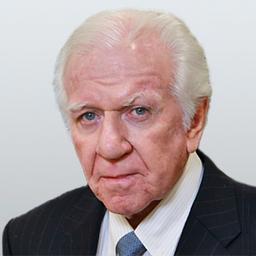



































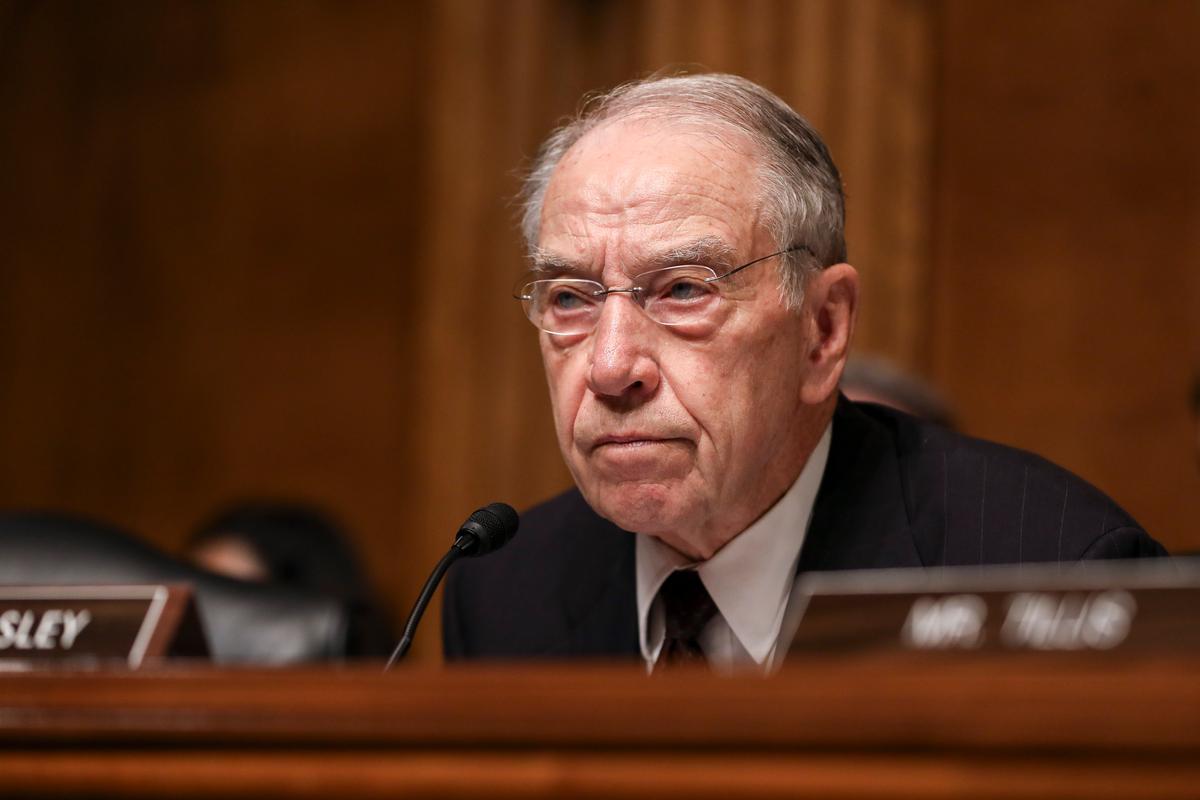













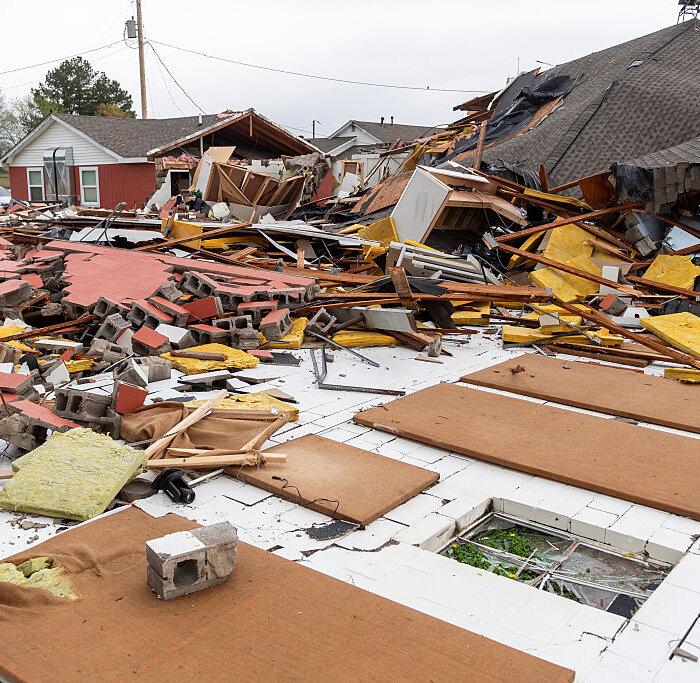



![[LIVE Q&A 04/04 at 10:30AM ET] Global Impact of ‘Liberation Day’ Tariffs | Live With Josh](https://www.theepochtimes.com/_next/image?url=https%3A%2F%2Fimg.theepochtimes.com%2Fassets%2Fuploads%2F2025%2F04%2F03%2Fid5836634-040425_REC-600x338.jpg&w=1200&q=75)



